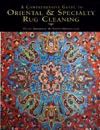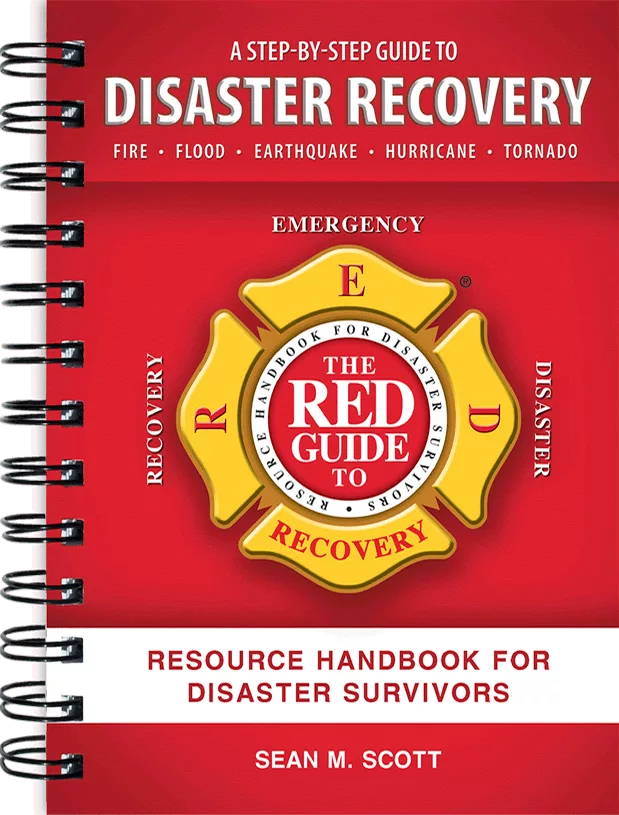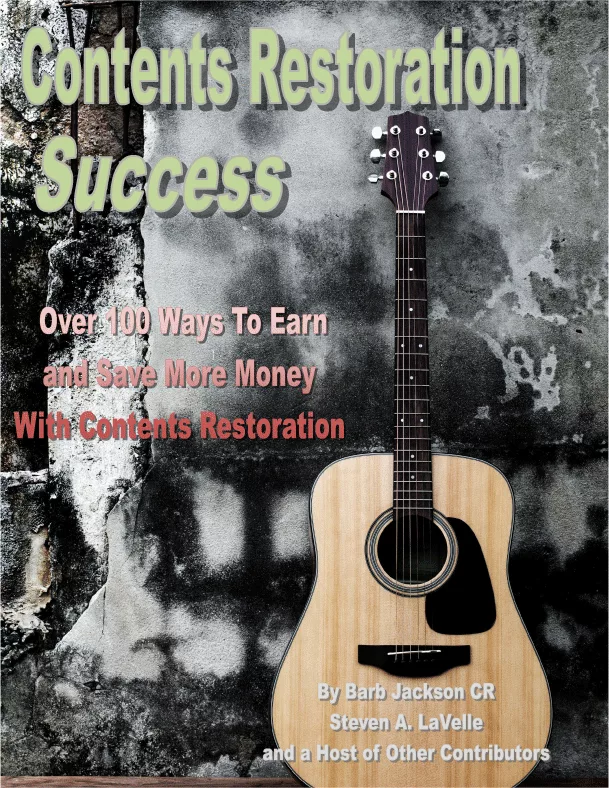From Horns and Hides to Stained Glass: Handling Specialty Contents
As an expert, do you know when something can be cleaned in-house vs. when to call a specialist?
When it comes to cleaning contents, the majority of what you will deal with are common everyday items. For example a toaster, wooden coffee table, books, everyday glassware, simple decor and a leather sofa.
The real challenge is dealing with the not so common items that we come across that take more than a micro fiber cloth and some basic cleaning skills to clean and restore. We call these “specialty items.”
You will need some extra training and expertise to know how to handle them in house. And more importantly, you need to know when you should call in a specialist to handle them.
Some restoration cleaners try to do the restoration of items that only a specialist can deal with, causing themselves and their clients a lot of grief.
We are going to talk about some of the specialty items that you can learn to clean and restore in-house as well as a few of the items that you should never handle on your own.
Horns and Hides
This category includes anything that has fur, antlers or feathers. These items are usually mounted and stuffed. But some of them may be in the form of a rug or a skin/pelt that hangs on a wall.
These items can be particularly challenging to handle, as they are generally irreplaceable to the owner and there are often many factors that are unknown that can affect how you may need to clean them.
The types of chemicals used by the taxidermist, where it has green displayed and how long ago it was mounted can all affect the outcome of any cleaning that you do. So it is best to start out mild and work up to more aggressive measures as needed.
Start out with a thorough HEPA vacuuming of the piece. Be sure that the suction is not too powerful so the fur – is not pulled off. You can put your fingers loosely over the end of the vacuum nozzle to decrease the suction if needed.
Then use a chem sponge to wipe the entire piece down in long, even strokes, going with the natural lay of the fur – never against it. Use a cotton swab or microfiber cloth and glass cleaner to clean the eyes and horns.
If the damage is severe, after completing the previous steps, you can use a slightly damp sponge with a small amount of dish soap to lightly wash over the fur, again, always going in the direction of the natural lay of the fur. Be sure the sponge is just lightly damp and never put water on a mount or skin.
Once the mount is clean, you can deodorize it using a hydroxyl generator. The use of ozone is not recommended, as it can react badly with glues or chemicals used in the tanning process. Make sure that the fur is completely dry before deodorizing.
Feathers can also be cleaned using the same process.
Art
If artwork is involved you need to know exactly what you are dealing with. Is it your garden variety oil painting? Is it an original Thomas Kinkade? Does it have an appraisal on it or is it signed? This will help you determine the value of the piece and this may determine if you want to clean it in house or if you want to enlist a qualified art restorer.
If you choose to handle the artwork in house, first remove the painting from its frame. Start with a good HEPA vacuuming of the painting front and back. Then use a chem sponge and, in long even strokes, wipe from side to side until your sponge comes up clean. Do this on the front and back of the painting.
If there are still contaminates or stains present, you can use a special eraser made for cleaning artwork called a “gum eraser.” Very gently in small rubbing strokes, clean the affected areas. This can remove paint in some cases, so use extreme caution. Do not use a gum eraser on a water color, as it will more than likely erase it.
After all soot and contaminants are removed, deodorize using hydroxyl.
If a painting or a print has a rider on it, I would take it straight to an art expert to clean. This would also be my call if the painting is known to be of high value with or without a rider.
Stained Glass
Stained glass provides many challenges when cleaning. Before you begin, it is helpful to know how old the piece is and whether it was homemade or professionally created. This usually says a lot about the workmanship of the seams and any solder joints that are present. These seams are very soft, as they are made of lead, and they can be easily damaged. You must use an ammonia-free, acid-free, non-abrasive cleaner.
First, HEPA vacuum the piece and then use a chem sponge to wipe it down using the same long even strokes as instructed above. Do not rub the sponge back and forth. If you are working on a lampshade, be very careful not to press too firmly, as you can crack or damage the seams. Use a Q-tip along all ridges to remove any contaminates that may have been missed by the sponge.
For a little more aggressive cleaning, use a mild soap water mixture of dish soap with a microfiber cloth. For more agitation, you can use a soft bristle toothbrush on difficult residue.
If you are dealing with heavy soot or contamination, you can dip stained glass in an ultrasonic machine as long as it is not painted. If it’s painted, you can remove the paint and ruin the piece. Ultrasonic dipping of stained glass needs to be done only as an extreme measure, as overexposure to the heat and cavitation can soften up the lead and cause the piece to come apart or cause discoloration.
When dealing with antique or really old stained glass windows such as those in a church, you should consult a conservationist or stained glass expert to advise you on how to come up with a restorative cleaning plan.
When Should I Call a Specialist?
There are some pieces that you should call a specialist to handle for you - no matter what. This is especially true when it comes to moving them out of the affected area. Here are a couple of items that I always outsource:
Grandfather Clock: A grandfather clock can be severely damaged by moving it if you don’t do it properly. All weights and chains need to be removed and carefully packed. Skipping this step can cost you quite a bit to repair or replace the clock depending on its value.
It’s much cheaper and less stressful to call a professional clock mover (yes there is such a thing) to properly pack the clock for transport so you can clean it. You will need to have the clock mover return once you have it back in its resting place to attach the weights and chains and reset the timing.
The mover should also be able to clean and service the internal mechanisms of the clock and check for any possible damage caused by the fire or other loss that has occurred.
You can then clean the exterior of the clock once it has been removed from the contaminated area. Most clocks have a wooden exterior but some may have metal and glass on them as well. On the glass or metal surfaces, use a mild non-abrasive cleaner and microfiber cloth. On the wood surface, clean and deodorize it with Wood Creme Restorer. Once the clock is dry, you can use a hydroxyl to further deodorize if necessary.
Piano: For the safety of your crew, as well as the piano, you should always call a professional piano mover to handle the pack out. Have the mover deliver the piano to a reputable piano servicing company to be cleaned on the interior and checked for damage. In some cases, they can also handle cleaning the exterior for you - if not your crew can clean it in the same manner as the grandfather clock exterior noted above. Once again, further deodorizing can be done using a hydroxyl generator.
The piano will need to be tuned once it is moved back to its resting place.
It’s All Worth it in the End
Right about now you might be thinking that these specialty items are sounding like a lot of work and headache. If they are handled correctly and you have a system in place that ensures their successful restoration, they are not only a breeze to clean and restore but you can make a lot of profit for your troubles. We are paid very well to handle these types of items - especially if there is a rider on the policy.
Know your limits and get your team trained to be able to handle the in-house items. And have a protocol setup to handle the ones you call a specialist to help you with.
Looking for a reprint of this article?
From high-res PDFs to custom plaques, order your copy today!








